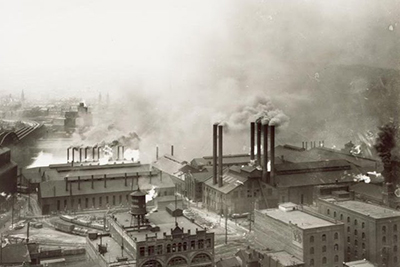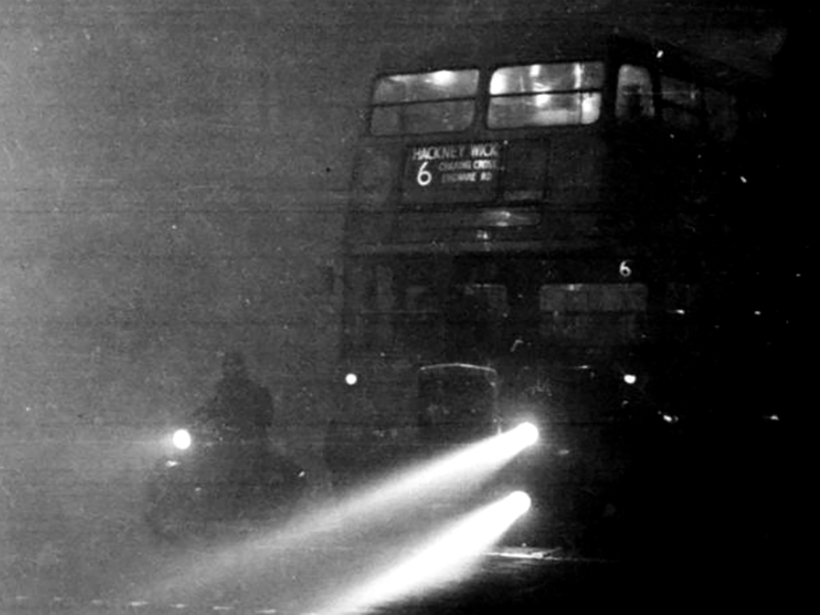The Clean Air Act of 1970 was one of the first and most influential environmental laws passed in the United States. The act sets standards for controlling air pollution that ensure Americans have clean air to breathe.
But why was this law needed in the first place, and what inspired lawmakers to want to regulate air pollution levels?
Two tragedies in the mid-20th century showed lawmakers that air quality was an issue they needed to address.

In late October 1948, a cloud of toxic smog settled over the town of Donora, Pa., and hung there until Halloween. The town was home to the largest nail mill in the world at the time, which burned more coal than the nearby city of Pittsburgh. The poison fog killed 20 residents in 5 days and sickened thousands more in the months that followed.
Just 4 years later, a similar but larger-scale event happened in London, a notoriously polluted city. In December 1952, pollution from coal-fired power plants and chimneys, as well as emissions from new diesel buses, created a smog so thick residents couldn’t see their own two feet. Thousands died, and tens of thousands were sickened by the poison cloud that persisted for 5 days.
In London and Donora, anticyclones settled over the cities and trapped their smoggy air in place, preventing the toxic fog from dissipating high in the atmosphere as usual.
The London and Donora smog disasters were due in part to a weather phenomenon known as an anticyclone. In essence the opposite of a cyclone like a hurricane, an anticyclone is a region of high atmospheric pressure. In the cases of London and Donora, anticyclones settled over the two cities and trapped their smoggy air in place, preventing the toxic fog from dissipating high in the atmosphere as usual.
In this Centennial episode of Third Pod from the Sun, physician Devra Davis recounts the effects of the Donora and London smog events and describes why they were so deadly.
A Pennsylvania native who grew up in the town of Donora, Devra shares her memories of living in the polluted town and how the deadly smog affected her family. She also describes the research she conducted on the London smog event and how her work showed the death toll from the disaster was much higher than the British government reported. Finally, Devra recounts how these two tragedies served as catalysts for enacting the first clean air laws in the United States and abroad.
Read more about the Donora smog even in Devra’s book, When Smoke Ran Like Water.
This episode was produced by Lauren Lipuma and mixed by Robyn Murray and Jon Schriner.
—Lauren Lipuma (@Tenacious_She), Contributing Writer
Citation:
Lipuma, L. (2019), Podcast: Night of the killer smog, Eos, 100, https://doi.org/10.1029/2019EO126959. Published on 24 June 2019.
Text © 2019. AGU. CC BY-NC-ND 3.0
Except where otherwise noted, images are subject to copyright. Any reuse without express permission from the copyright owner is prohibited.
Text © 2019. AGU. CC BY-NC-ND 3.0
Except where otherwise noted, images are subject to copyright. Any reuse without express permission from the copyright owner is prohibited.

